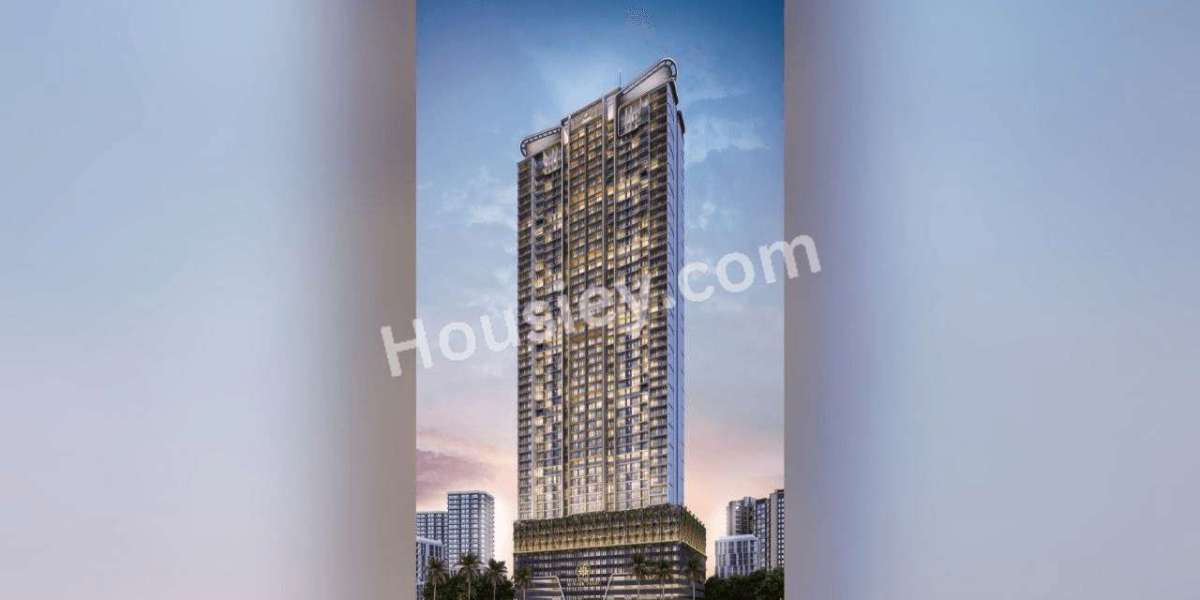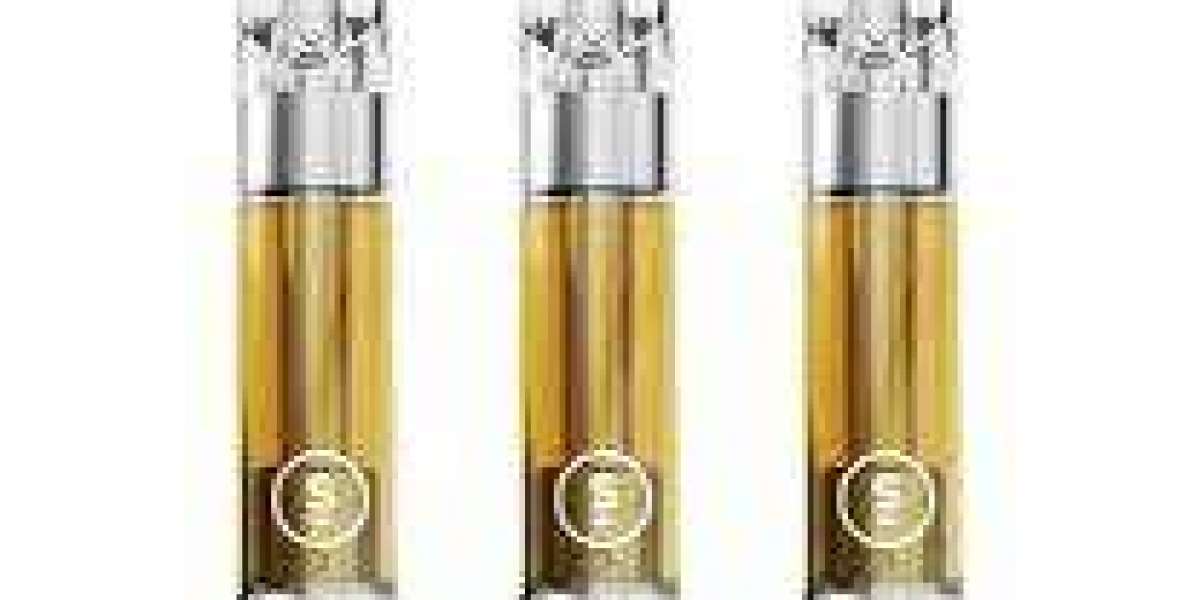The Energy Recovery Ventilator (ERV) Core is a pivotal component in modern ventilation systems, designed to improve indoor air quality while significantly reducing energy consumption. As buildings become more airtight to conserve energy, proper ventilation is crucial to maintain healthy and comfortable indoor environments. The ERV Core enables the transfer of heat and moisture between incoming fresh air and outgoing stale air, maximizing energy recovery and enhancing overall HVAC system efficiency.
At its core, the ERV Core functions as a heat exchanger that allows thermal energy from the exhaust air to precondition the incoming outdoor air. During colder months, it recovers heat from the warm indoor air before it is expelled outside, warming the fresh air entering the building. Conversely, in warmer months, it transfers the cooler temperature from the outgoing air to the incoming hot air, reducing the load on air conditioning systems. This exchange reduces the need for additional heating or cooling, lowering utility costs and environmental impact.
A key advantage of the Energy Recovery Ventilator Core over traditional ventilation is its ability to also transfer moisture. Unlike sensible heat exchangers that only manage temperature, ERV cores regulate humidity by balancing moisture levels between air streams. This moisture recovery helps maintain indoor relative humidity within optimal ranges, preventing issues like mold growth, condensation, and discomfort caused by overly dry or humid air.
The materials and design of ERV cores are critical to their performance. Typically, these cores are made from specialized membranes or engineered materials that allow efficient heat and moisture transfer while preventing cross-contamination of air streams. Common types include enthalpy wheels, polymer membranes, and paper or aluminum cores with moisture-absorbing coatings. Each design has its own advantages regarding efficiency, maintenance, and suitability for different climates.
Energy Recovery Ventilator Cores are widely used in residential, commercial, and industrial buildings where indoor air quality is a priority. Schools, hospitals, office buildings, and homes benefit from fresh air supply without the energy penalty typically associated with ventilation. Moreover, ERVs contribute to sustainability by reducing carbon emissions linked to heating and cooling loads.
Maintenance is relatively simple for ERV cores, involving periodic cleaning and inspection to ensure optimal performance and longevity. Proper installation and sizing are also essential to maximize benefits and avoid issues such as air leakage or pressure imbalances.



